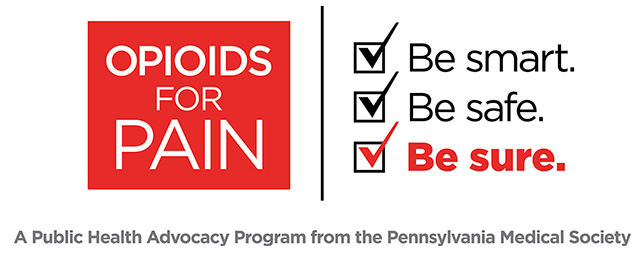This week, the House Rules Committee posted legislation that would temporarily patch the 24% SGR cut scheduled for April 1. While the legislation includes several provisions the ACC has advocated for within the scope of full SGR repeal, failure to permanently repeal the SGR given the significant bipartisan/bicameral legislative efforts this year represents a wasted opportunity to finally provide much needed stability within Medicare. This agreement has been negotiated at the highest levels of House and Senate leadership, meaning substantive changesto the bill are unlikely. The House is expected to pass this legislation Thursday March 27th and send the bill to the Senate for final approval. The Senate’s course of action is not as clear, but a vote on the patch in the coming days is more likely than not.
The key provisions in the legislation include:
• Prevents 24% cut scheduled for April 1, 2014, provides a .5% update through December 31, 2014, and a 0% update from Jan 1-March 31 2015
• Extends funding for the National Quality Forum for measure endorsement through July 2015
• Extends HHS Secretary’s medical review activities regarding the
Two Midnight Rule for the first six months of 2015
• Delays the transition to ICD-10 for one year
• Allows the Secretary to revise payments for potentially misvalued codes within the physician fee schedule based on information collected from providers
o Policy applies to fee schedule for years 2017-2020
o Target for value reduction is .5% of the estimated amount of total fee schedule expenditures for the given year
o If the total relative value unit for an identified misvalued code is scheduled to be reduced by 20% or greater due to the reevaluation, the adjustment must be phased in over two years
• Requires consultation with appropriate-use criteria and clinical decision support for advanced diagnostic imaging
o AUC must be developed or endorsed by professional medical societies
o Clinical decision support software must be available to providers at no cost
o Beginning in 2017, claims that fall under the AUC requirement will only be paid if they include data that indicate clinical decision support tools were consulted
o Hardship exemptions are available (rural areas or insufficient internet access)
o Beginning in 2020, the Secretary will identify outlier providers based on data from two previous years
o Outliers would be subject to prior authorization – no more than 5% of total providers
• Beginning January 2016, requires all CT services to be provided by equipment adhering to NEMA dose standards
o Applies to fee schedule and HOPPS services
o Payment for services rendered with equipment not consistent with the above standards would be reduced 5% in 2016 and 15% in 2017 and subsequent years
• Consolidates the scheduled full year 2024 2% Medicare sequester cut into a 4% cut in the first six months of 2024




